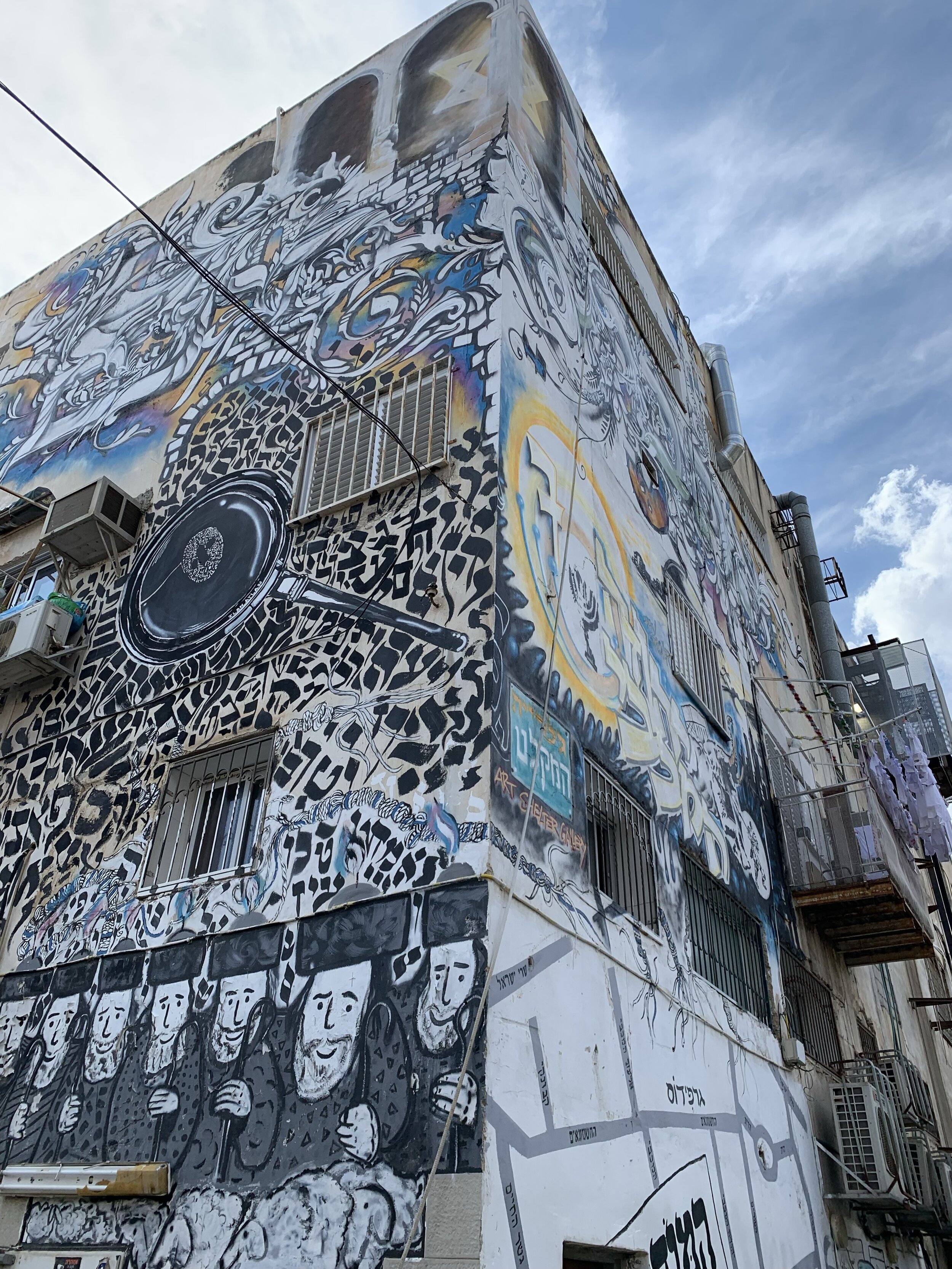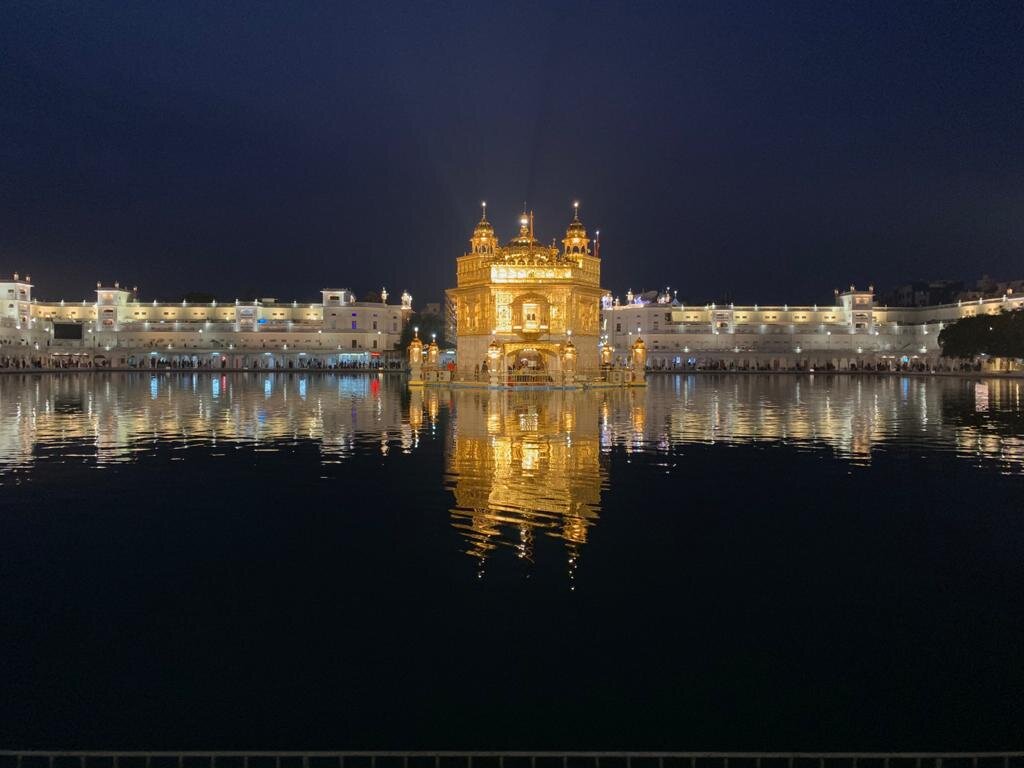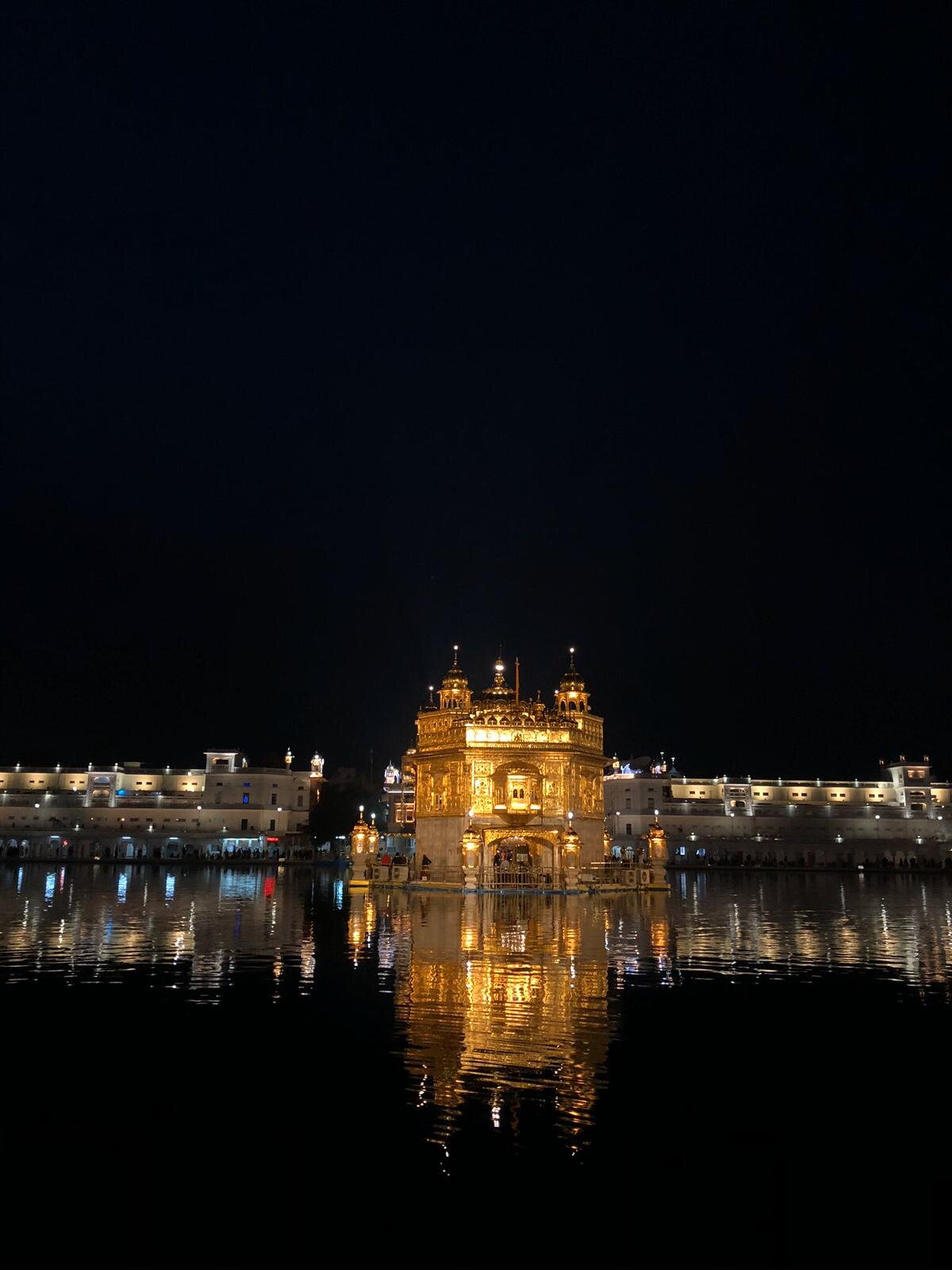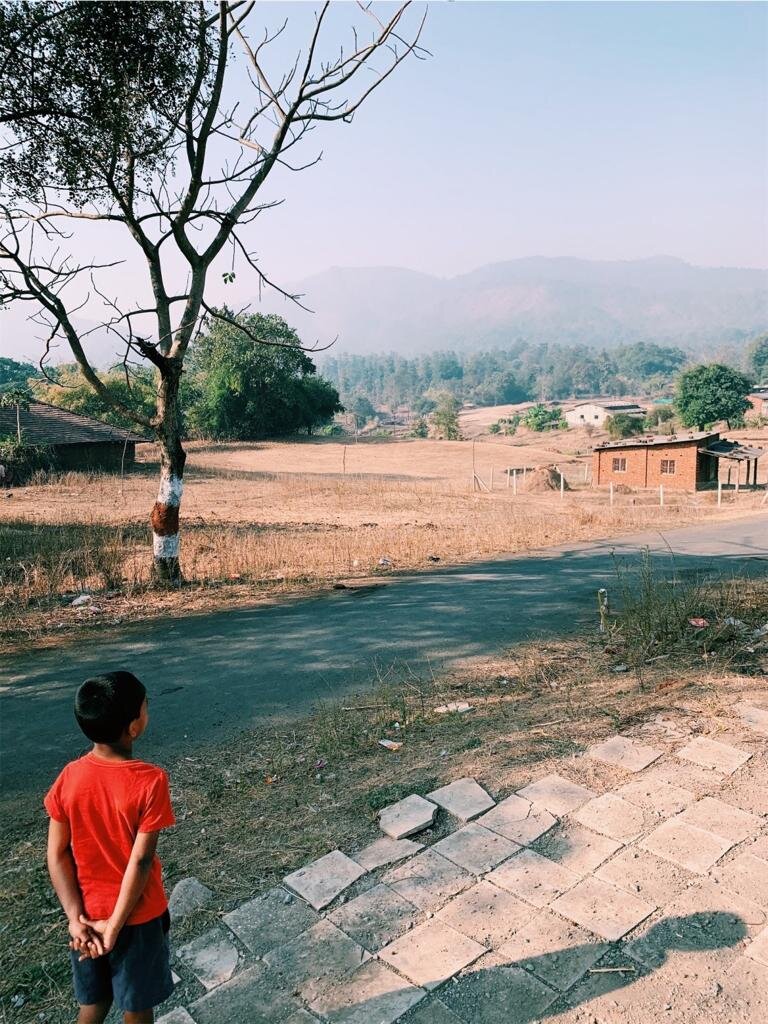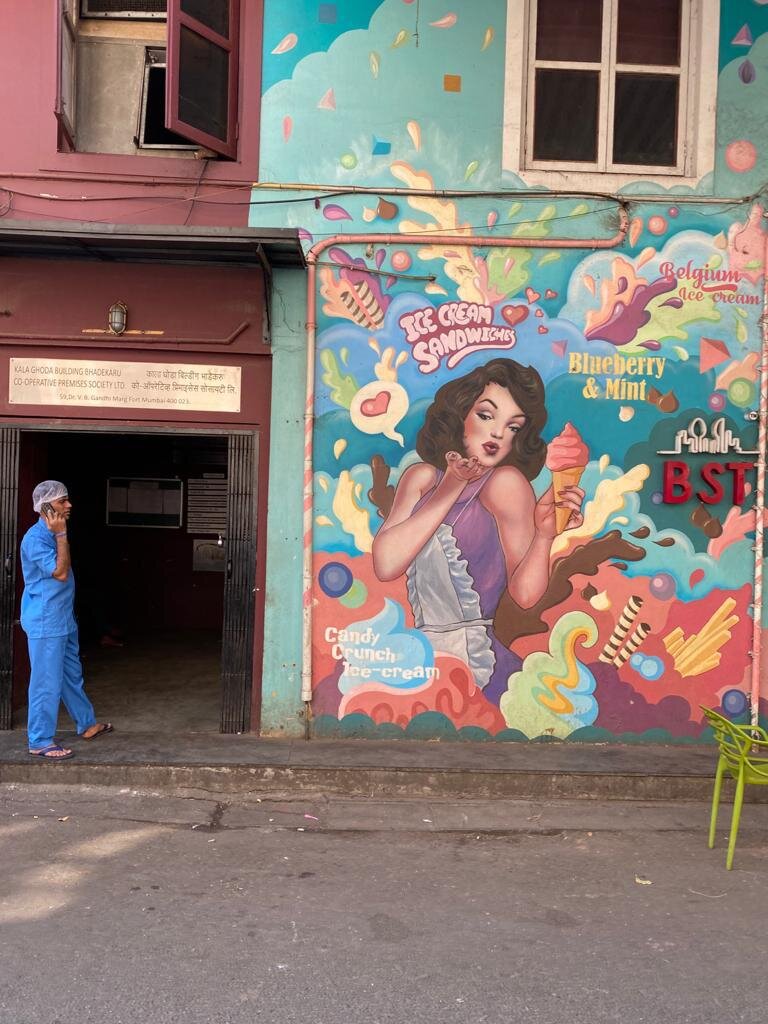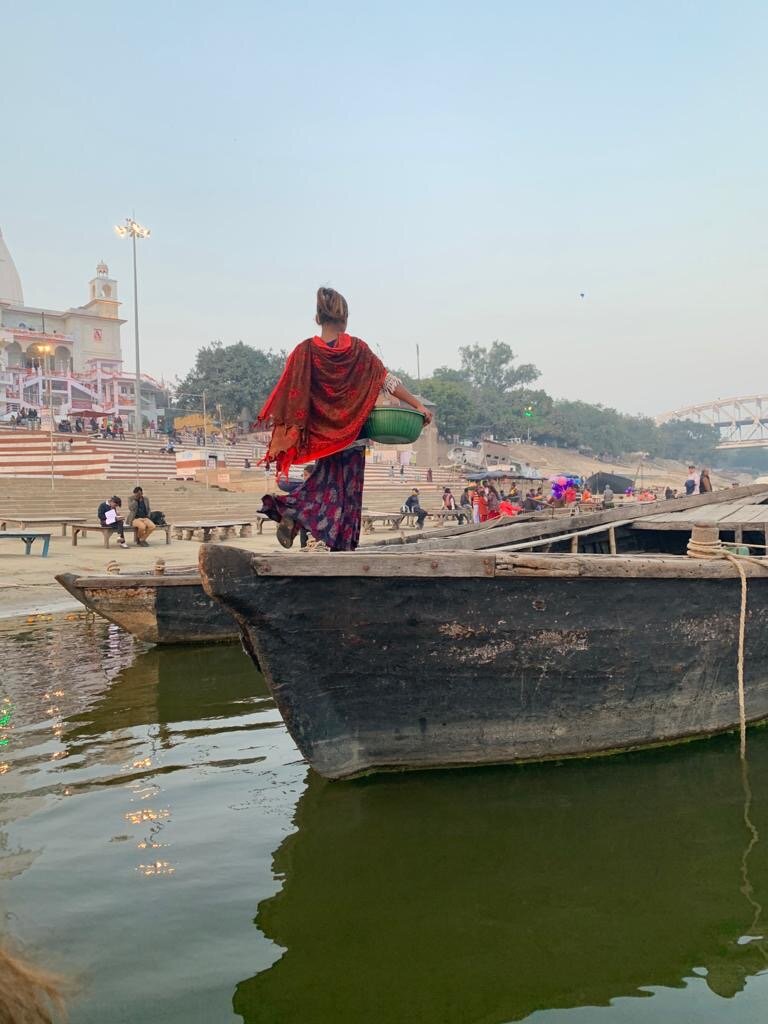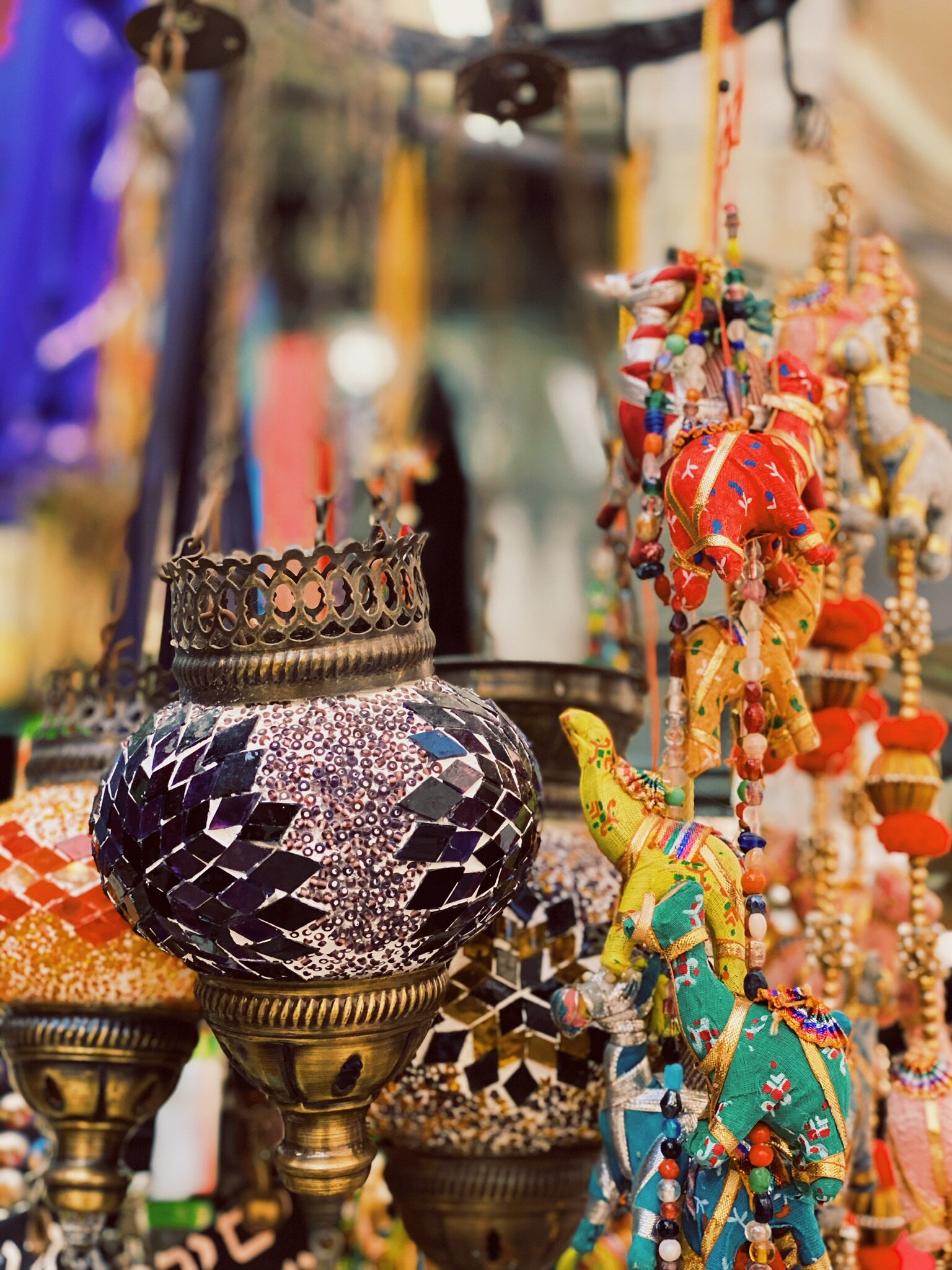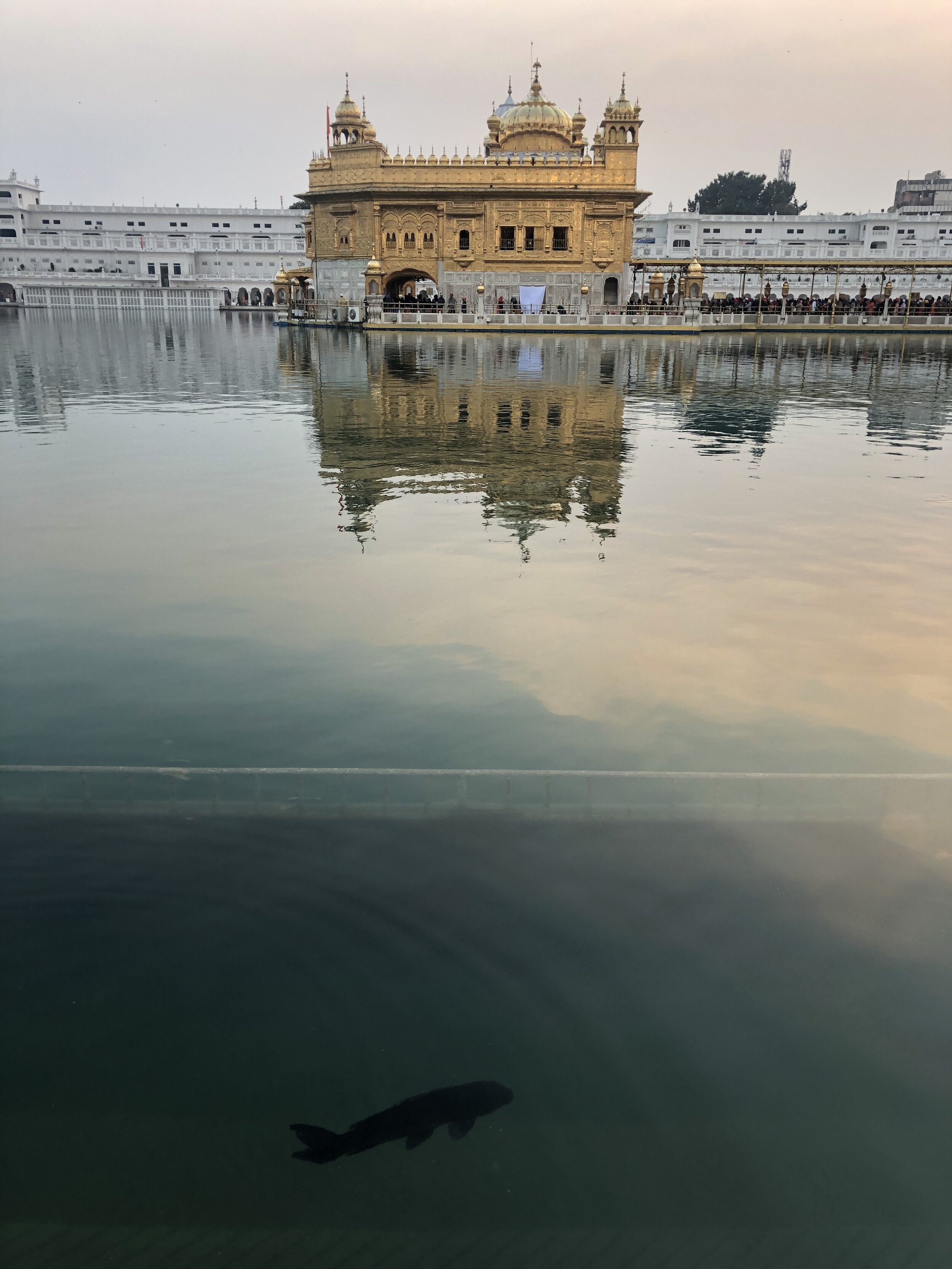WELCOME TO Kivunim 2020-2021

The KIVUNIM Program succeeds in delivering an immersive and transformative gap year experience of focused international travel and cross-cultural dialogue. These take place within the context of impressive intellectual and aesthetic exploration and growth that develops and deepens its students’ understanding of Jewish identity as engaged global citizens.
THESE ARE THE PILLARS
ONE:
The first pillar of the name “BAB-EL” is based on the story of “The Tower of Babel”, the first biblical narrative of how a once unified world came to be one comprised of thousands of languages and countless cultures. As we travel the world, we will be sharing photos of our most enriching experiences of in-depth engagement with the histories and cultures of the peoples of the world. We will be meeting profoundly interesting individuals, seeing magnificent architecture, viewing awe-inspiring sights, and encountering other extraordinary testaments of remarkable civilizations and societies. It is through these encounters that we learn the most about the “other”, and in-turn ourselves, revealing an obscure but undeniable kinship.
TWO:
Being based out of Jerusalem/Al-Quds, an idiosyncrasy of our beautiful home is the feature of the seven gates surrounding the Old City. “BAB-El” in Arabic translates to “Gate To”, which serves as the second pillar of our name; We hope to offer an eighth gate into our diverse city and eclectic experiences, while recognizing that our adventures are still uncharted, not knowing quite where our “gate” will lead to. The sharing of our ongoing collection of photos is aimed at offering you, the viewer, a gate to follow us through our global undertaking of engaging with the plethora of peoples, lands, and ideas we are yet to encounter.
THREE:
The third pillar of “BAB-EL” is rooted in the idea that Jerusalem is often seen as a site of conflict, despite that its universal sense of spirituality should be a driving force for unity. For all the Abrahamic religions, Jerusalem possesses an inveterate spiritual element, which is shared amongst Jews, Christians, and Muslims. The latter portion of “BAB-EL”( being “EL”) is the Northwest Semitic word for “god” and “deity”, which has served as the etymological root for the Hebrew word for “God”: “Elohim”. We hope to use this sense of otherworldliness as it should be, to unify the estranged people of the world through a commonly shared sense of spirituality.
Israel
Kivunim has the opportunity to engage with world-renowned artist, Tobi Kahn, who will be leading our “Visual Thinking”. Tobi Kahn, professor at the School of Visual Arts in New York City, has been working with Kivunim since the beginning and is the curator of the Kivunim exhibition, which will be posted online throughout the year. The exhibition will consist of photography (and perhaps other forms of artwork as well) we take during our time on international trips and our stay in Israel.
The Visual Thinking course aims to teach us what it means to think visually. Through exposure to a range of visual experiences and by participating as artists ourselves, we learn and practice visual language. We encounter through our own eyes—and through the camera lens—the diverse Jewish communities around the globe, the remarkably varied backgrounds and practices in Israel and elsewhere, and our own sense of Jewish identity...all through discovering how to see.
For our first session with Tobi, he brought us to the Mahane Yehuda Market at the crack of dawn. We walked up Jaffa Street at 4:30am to The Shuk, just in time to watch as the market’s 250+ vendors began to set up their shops for the influx of customers expected on a Shabbat morning. We had the opportunity to smell fresh challah and taste “fresh” halvah, but more importantly, we witnessed the recondite morning routines of Jerusalem’s shopkeepers. These liminal photos are of a lively city asleep; or rather, waking up.
From here, we were able to begin to see Israel within a new, more creative light, able to find the moments worth capturing on our own with the country our people called ome.
GREECE
We began our year of exploration with the history and culture of the Romaniote and Sephardic Jews of Greece. Our trip started with visiting the synagogue of the Jewish community of Chalida, one of the oldest Jewish communities of Europe. Due to the brave acts of their Christian neighbors, only a few members of the community perished in the Holocaust and their Torah scrolls were saved. We continued our adventure to Athens, visiting the Acropolis, the Jewish Museum, and the synagogues of Athens. Our experiences in Athens were shaped and inspired by the Chief Rabbi of Greece, Rabbi Gabriel Negrin. After Athens we ventured to mystical Delphi and wandered the grounds that provided inspiration and spiritual guidance to the ancient Greeks. In the evening we continued to the town of Kalambaka and woke up in the morning to the spectacular and unique vista of Meteora and its monasteries. We celebrated Thanksgiving in Thessaloniki and learned of their once thriving Jewish community from an active member of the community, Hella Matalon and her husband Elia. We celebrated the first Shabat of our international trip in Thessaloniki (Saloniki) with the local Jewish community. We next visited the remarkable Romaniote synagogue of Ioannina and learned about the history of their once thriving community. We then made our way by land to Bulgaria.
Bulgaria
Sofia was our first stop in Bulgaria. On our first day we visited the Beit Am and the Jewish Community center and interacted with children and members of the local Jewish community. The young leadership of the Sofia community impacted all of us with their passion and commitment. We visited the newly opened Lauder Jewish elementary school and heard about plans for a future upper school. The following day we paid our respects to the graves of Metropolitans Stephan and Kiril at the medieval Bachkovo Monastery and met with members of the Plodiv Jewish community. These amazing leaders of the Bulgarian Orthodox Church protected the Jews of Bulgaria during the Holocaust and were recognized as Righteous Among the Nations. We spent a meaningful Shabbat in Sofia and enjoyed the wonderful companionship of the local BBYO members.
India
On our second international trip we visited India and learned the incredible history of Indian Jewry. Our first stop was Alibaug near Mumbai, where we visited the Bene Israel villages. We spent Shabbat in Mumbai at the Knesset Eliyahu synagogue and enjoyed a festive Shabbat lunch with members of the community and its rabbi. On the Sunday after Shabbat we visited some of the major sites all over Mumbai: Gateway to India, museums, monuments, and additional Jewish sites. We witnessed the initiatives first hand that the Gabriel Project of Mumbai has implemented to help serve and empower the people living in the slums and rural villages onf India. We then traveled to Kochi and visited synagogues of the Cochin Jews. Our journey continued to Amritsar, where the location of the Golden Temple, the most important pilgrimage site of Sikhism is located. We then departed Amritsar and made our way by land up the winding mountains to Dharamsala, the adopted home of the Dalai Lama, other Tibetans, and the Tibetan government in exile. We spent our second Shabbat in Dharamshala, conducting Shabbat services with Geshe Damchoe and his Tibetan monk colleagues. On Shabbat afternoon we hiked among the magnificent mountains of Dharamsala prior to Havdalah. The following day we visited Tibetan institutions created in exile by the Dalai Lama to perpetuate Tibetan culture and ensure survival. Our final stop was the city of Varanasi and the Ganges River, the holiest sites of worship for all Hindus.
Quarantine
Sadly, our year of exploration was cut short. COVID-19 struck the world and all of our lives were put on halt. We captured our various experiences during quarantine - across America, Canada, and Israel.
Mia Weissbluth: project manager, curator, point person, website editor
Aaron J Cohen: graphic design, instagram creator, invitation creator, website editor
Jason Alpert-Wisnia: website creator, photo editor
Rachel C: assistant project manager, curator, point person
Ben Birnbach: curator, point person
Lillian Cohen: curator, point person
Lucy Cosgrove: curator, point person
Nicoleo Matranga: curator, point person
Tobi Kahn: Artist in Residence



































